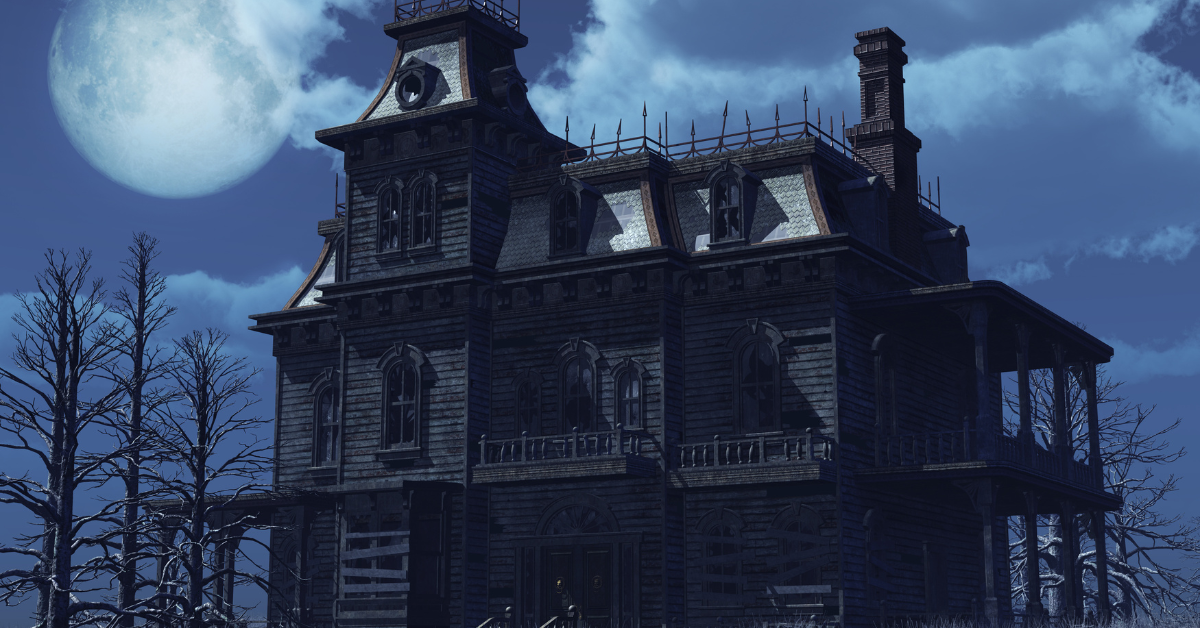Horror marketing is a powerful strategy that uses fear-driven experiences to make brand messages more memorable. Particularly in Japan, where horror is deeply rooted in culture, this approach is gaining traction. By tapping into emotional instincts, companies can create unforgettable engagement with consumers.
- Definition and Background of Horror Marketing
- Why Horror Marketing is Popular in Japan
- Common Methods and Presentation Techniques
- Success Cases in Japan
- Emotional Effects and Psychological Foundation
- Common Horror Elements Used in Marketing
- Risks and Precautions
- Future of Horror Marketing and Technological Integration
- Conclusion
Definition and Background of Horror Marketing
Horror marketing refers to an advertising strategy that uses fear-based emotions to influence user memory and behavior. By incorporating horror elements into advertisements, it immediately captures viewers’ attention and leaves an impact that conventional ads often fail to achieve.
In Japan, ghost stories, yokai (spirits), and spiritual beliefs have long been part of daily life. This cultural foundation allows Japanese consumers to perceive horror as entertainment, making them more receptive to fear-based content.
Horror marketing is not merely about frightening people. It is an effective method to embed products and brands in the audience’s memory, especially in an era of information overload where strong impressions are critical.
Why Horror Marketing is Popular in Japan
The popularity of this approach in Japan is not just due to cultural factors. With the rise of social media and video content, horror has become a natural fit for “reaction-based content.” Emotional responses such as fear or surprise resonate widely, encouraging sharing and virality.
Moreover, horror allows marketers to deliver a “non-routine experience”, setting their ads apart from others. This powerful emotional journey ensures that brand messages are retained longer.
Common Methods and Presentation Techniques
Horror marketing employs a wide variety of creative techniques:
| Method | Description |
|---|---|
| Visual and auditory horror | Uses eerie visuals and sounds to induce anxiety and tension |
| Event collaboration | Collaborates with haunted houses or horror attractions |
| Social media storytelling | Incorporates ghost stories or urban legends for viral impact |
| Deliberate distortion | Uses glitches or abnormal effects to draw attention |
Each of these methods must be selected based on the target audience and brand identity. The goal is not simply to scare but to create captivating fear that draws viewers in.
Success Cases in Japan
Several Japanese companies have successfully adopted horror marketing, as shown below:
| Company | Campaign Content | Results |
|---|---|---|
| Domino’s Pizza | Created a video ad featuring zombie delivery drivers | Over 500,000 views, viral on SNS |
| Universal Studios Japan | Seasonal “Horror Night” events | Record-breaking visitor numbers |
| Sadako (Movie Series) | “Instagram Sadako” with horror-themed daily posts | Over 100K followers, major media buzz |
These examples show that embedding experience and participation into advertising encourages organic sharing, leading to broader reach and higher ROI.
Emotional Effects and Psychological Foundation
Fear strongly activates the brain’s amygdala, which is linked to long-term memory formation. Therefore, information associated with a frightening experience tends to remain deeply embedded in one’s memory.
Moreover, according to behavioral economics, the loss aversion bias suggests people are more motivated to act to avoid loss than to gain. Messages like “You’ll miss out” or “This could be dangerous” are highly effective in driving action.
Thus, horror is not just a gimmick but a psychologically and scientifically supported method for influencing behavior and enhancing awareness.
Common Horror Elements Used in Marketing
| Horror Element | Intended Effect |
|---|---|
| Silence or sudden silence | Heightens tension and focuses attention |
| Darkness and vague visuals | Limits sensory input and stimulates fear and imagination |
| Unexpected plot twists | Breaks viewer expectations and provokes strong emotions |
| Dolls or children figures | Highlights the abnormality of the everyday |
These elements are best suited for immersive experiences that capture the audience’s mind, not just their eyes.
Risks and Precautions
While horror marketing creates strong impressions, it also carries the risk of alienating sensitive audiences.
| Risk | Mitigation Strategy |
|---|---|
| Varying responses by age or demographics | Clearly define target audience and conduct pre-tests |
| Mismatch with brand image | Limit horror elements to those aligned with brand identity |
| Potential backlash or misunderstandings | Provide clear context to avoid confusion |
Brands must focus not on “how far they can go,” but on what message they aim to deliver through the use of fear.
Future of Horror Marketing and Technological Integration
With the emergence of new technologies, horror marketing is evolving into more immersive formats. The following technologies are shaping the future of this strategy:
| Technology | Use Case |
|---|---|
| VR (Virtual Reality) | Horror-themed product showcases and 360° experiences |
| AR (Augmented Reality) | Horror overlays in physical stores to enhance in-store experiences |
| Metaverse | Hosting horror events in virtual spaces with NFT integration |
These innovations allow marketing to shift from a “viewing experience” to an “interactive journey.”
Conclusion
Horror marketing is a powerful tool that appeals to emotion and ensures memorability. In Japan, it is gaining traction thanks to its cultural affinity, technological compatibility, and high shareability.
However, clear objectives, deep audience understanding, and risk management are essential for success. Horror should not be used simply to frighten but to deliver impactful brand experiences.
If fear is strategically harnessed, companies can create distinct, memorable marketing that stands out from the crowd.






